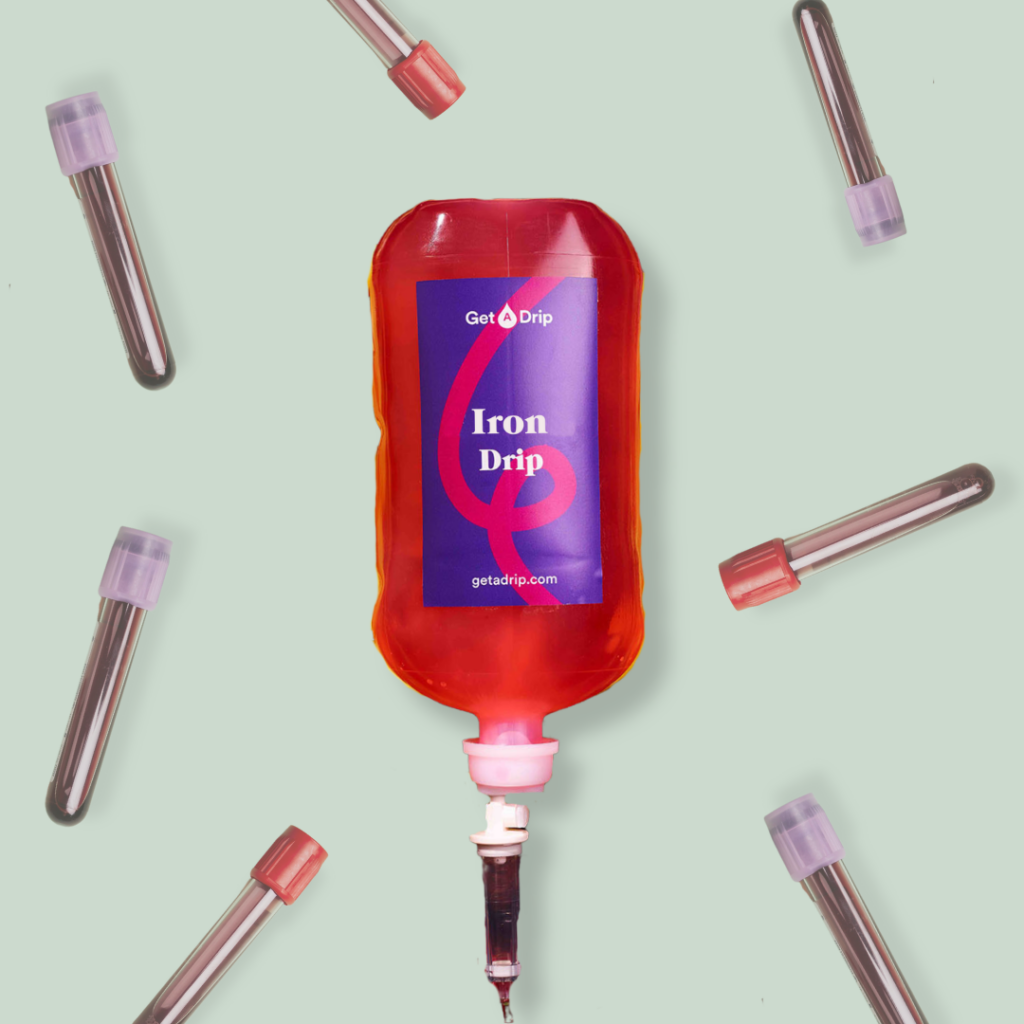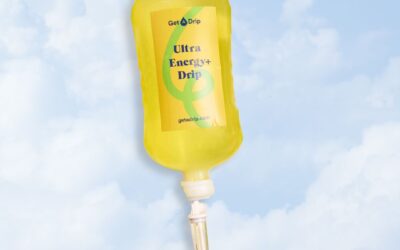
Iron deficiency is a common issue that can significantly impact your overall health and well-being. If you’re struggling with low iron levels, you might benefit from an iron infusion. This detailed guide will walk you through the entire process, from initial testing to post-infusion reassessment.
Step 1: Initial Iron Essential Blood Test
The first step in the iron infusion process is determining if you qualify for the treatment. This is done through an Iron Essential Blood Test, which measures your ferritin levels—the protein that stores iron in your body. To be eligible for an iron infusion, your ferritin levels must be below 30 mcg/L.
Important Note: Your blood test results must be recent, dated no earlier than 4-6 weeks from the current date. This ensures that your current iron levels are accurately assessed.
Step 2: Haemoglobin Test
Once your ferritin levels are confirmed to be below 30 mcg/L, the next step is a haemoglobin test. Unlike the initial blood test, this is a simple finger prick done in the clinic. Haemoglobin is a protein in your red blood cells that carries oxygen throughout your body. This quick test helps us determine if your haemoglobin levels are sufficient for you to safely receive an iron infusion.
Step 3: The Iron Infusion
If your haemoglobin levels are within the appropriate range, you will proceed to the iron infusion. Here’s what you can expect during the infusion process:
- Preparation: Before starting, you’ll be seated comfortably, and your infusion site (usually a vein in your arm) will be cleaned and prepped.
- Infusion: The iron infusion itself takes approximately 15 minutes. During this time, iron is administered intravenously, allowing for quick absorption into your bloodstream.
- Observation: Following the infusion, you will be monitored for 30 minutes to ensure there are no adverse reactions. Our medical staff will be on hand to assist you and address any concerns during this observation period.
Step 4: Post-Infusion Reassessment
To ensure the effectiveness of the treatment and to monitor your progress, a free reassessment is scheduled four weeks after your last infusion. During this follow-up appointment, we’ll conduct another Iron Essential Blood Test to check your ferritin levels and assess your overall improvement.
Why Choose to have an Iron Infusion?
Iron infusions are a highly effective way to quickly restore iron levels, especially for those who cannot tolerate oral iron supplements or have conditions that affect iron absorption. Benefits of iron infusions include:
- Rapid Improvement: Many patients notice a significant improvement in their symptoms within a few weeks.
- Convenience: The entire process, including the observation period, takes less than an hour.
- Comprehensive Care: Our medical and clinic team ensures you’re well-monitored throughout the process, providing peace of mind and personalised care.
Final Thoughts
If you’re experiencing symptoms of iron deficiency, such as fatigue, weakness, or shortness of breath, an iron infusion might be the solution you need. By following the steps outlined above, you can restore your iron levels safely and effectively. Remember to schedule your initial Iron Essential Blood Test and keep your results up-to-date to qualify for treatment. Our dedicated team is here to support you every step of the way, from initial testing to post-infusion care.
For more information or to schedule an appointment, visit www.getadrip.com. Let’s work together towards a healthier, more vibrant you!


